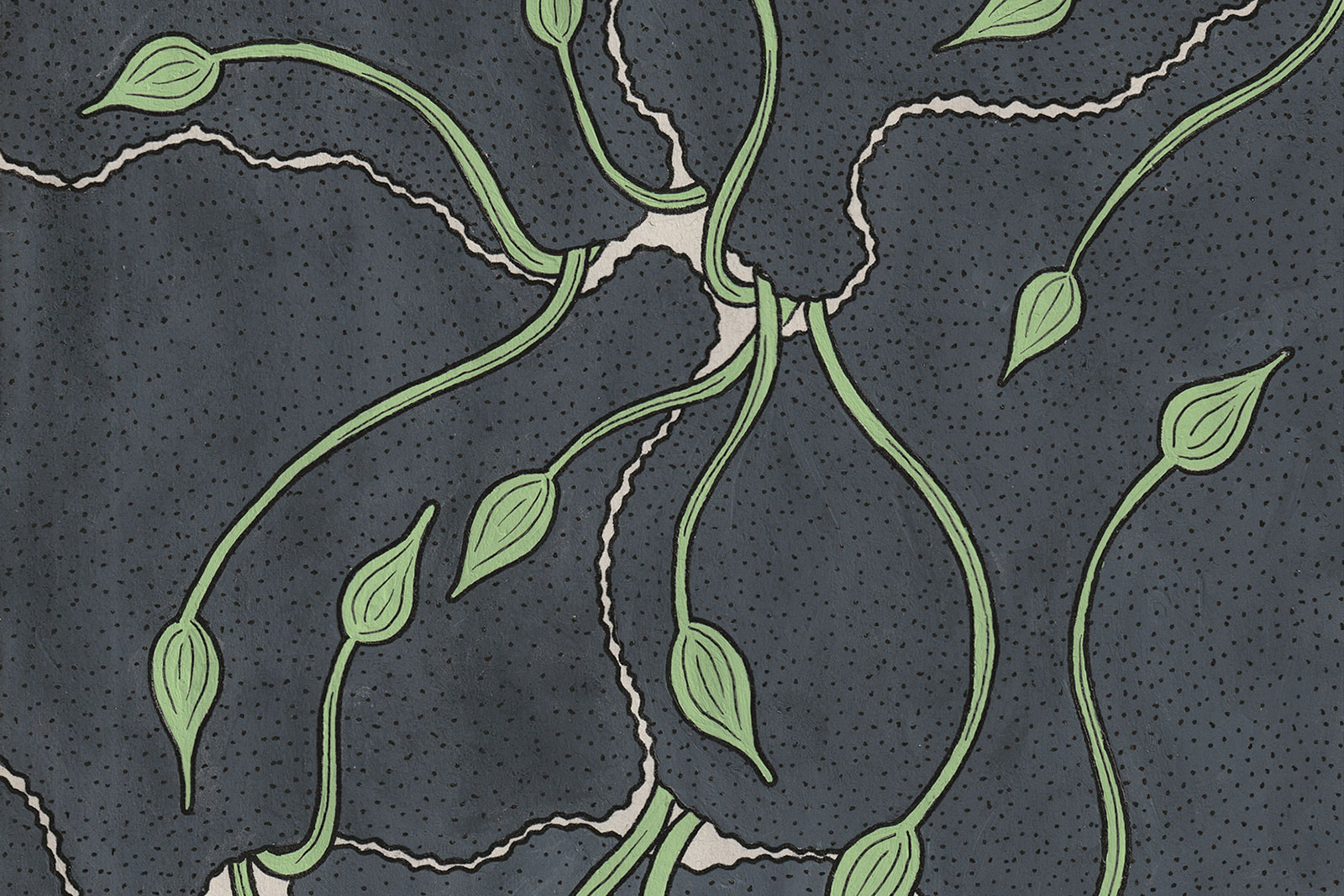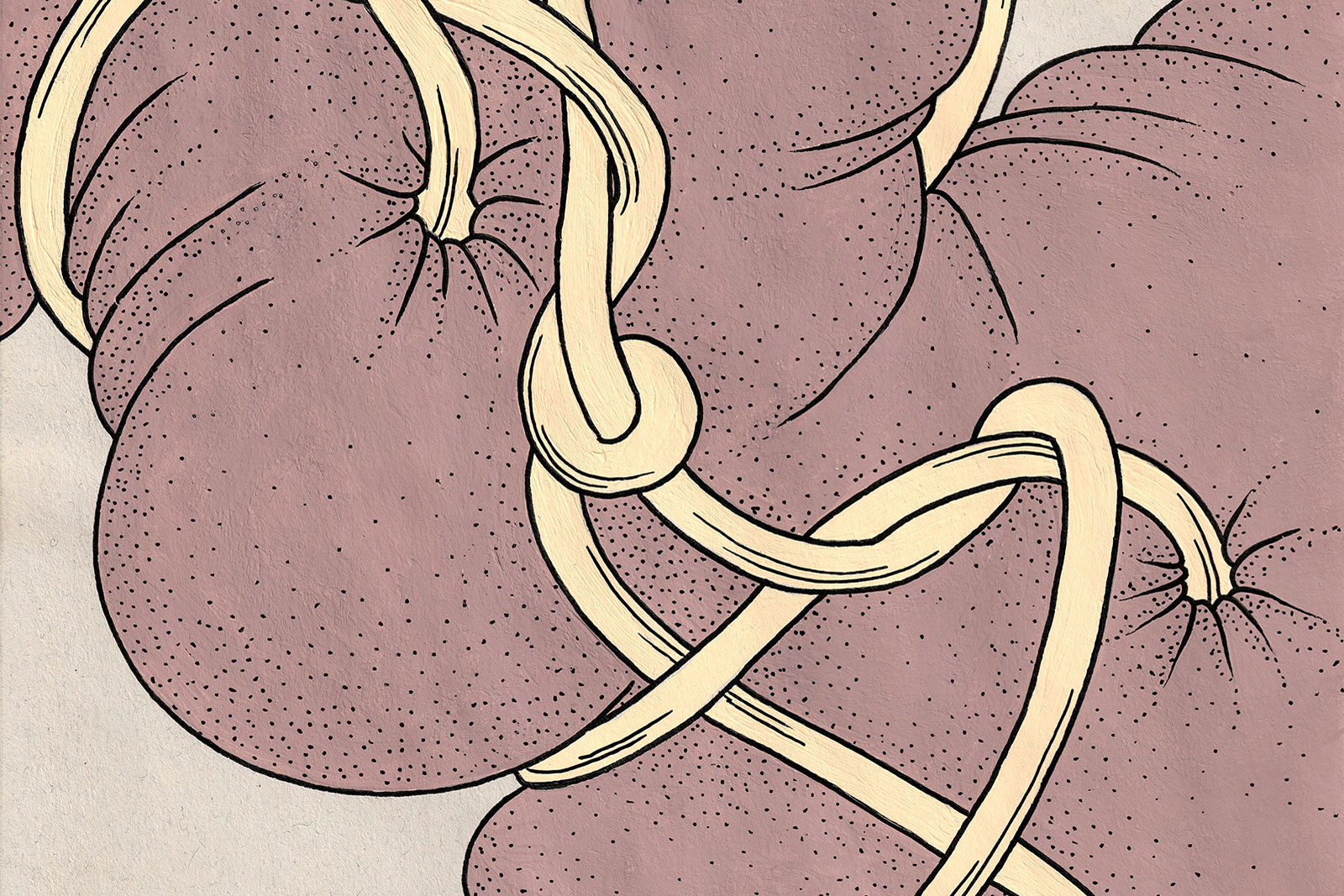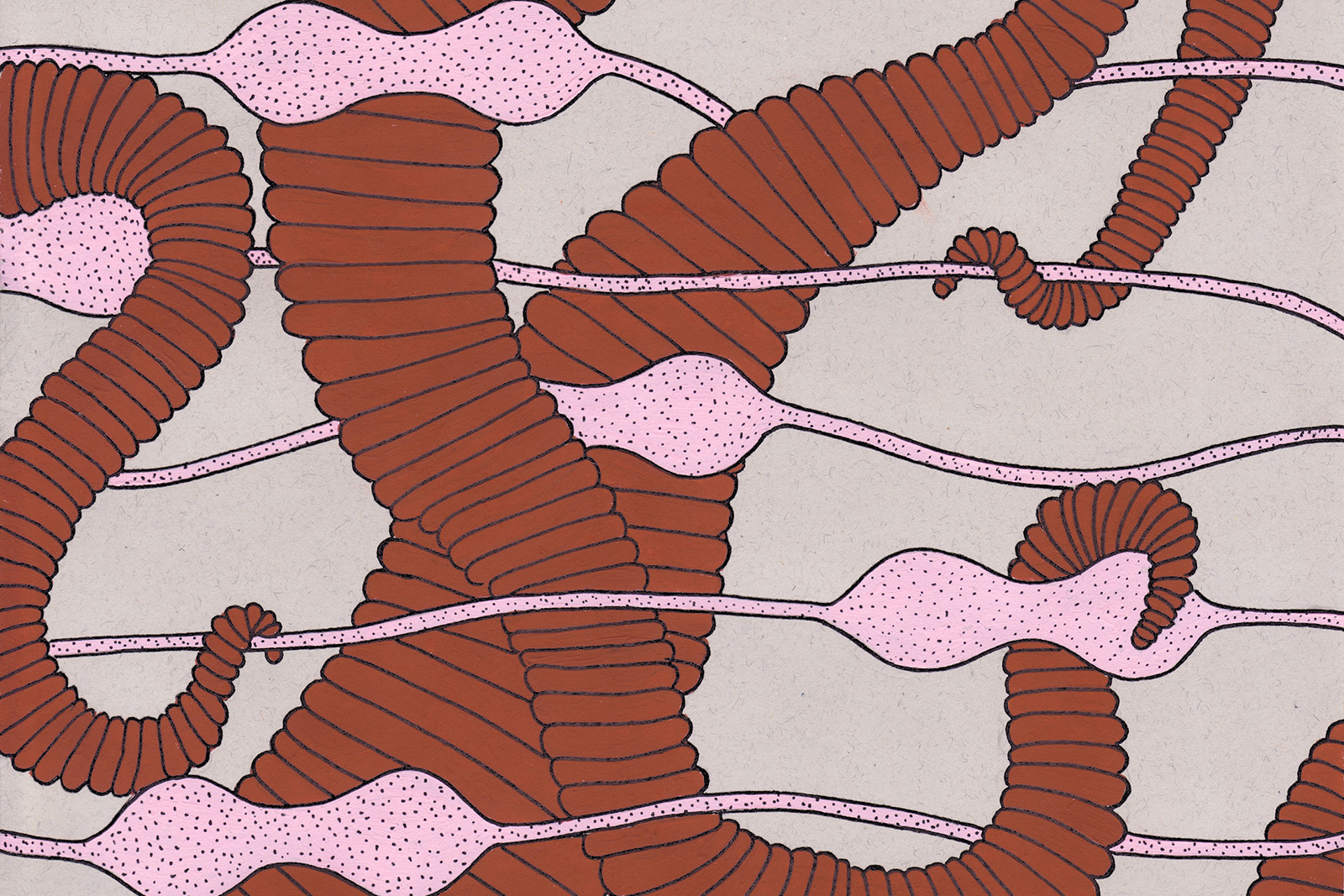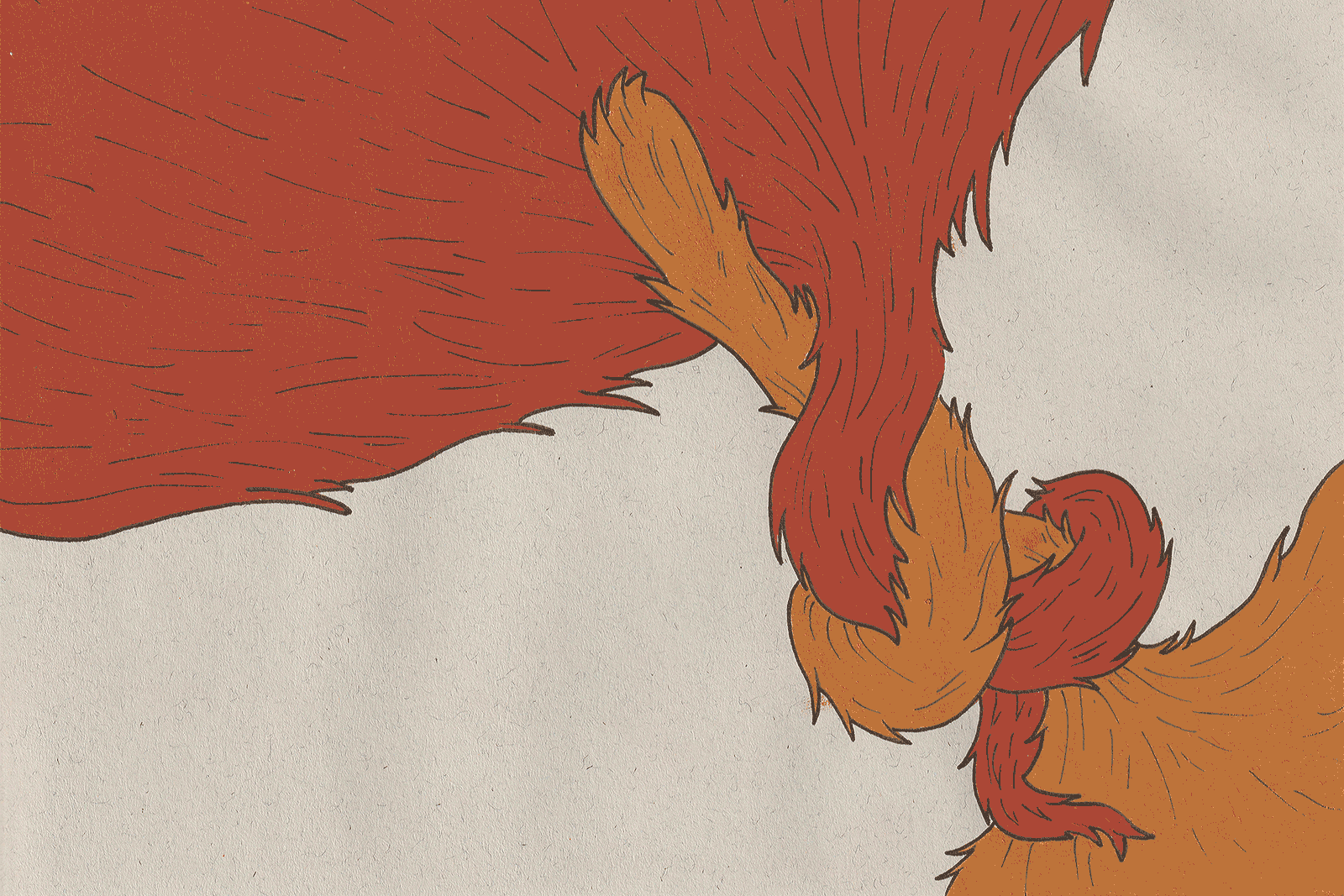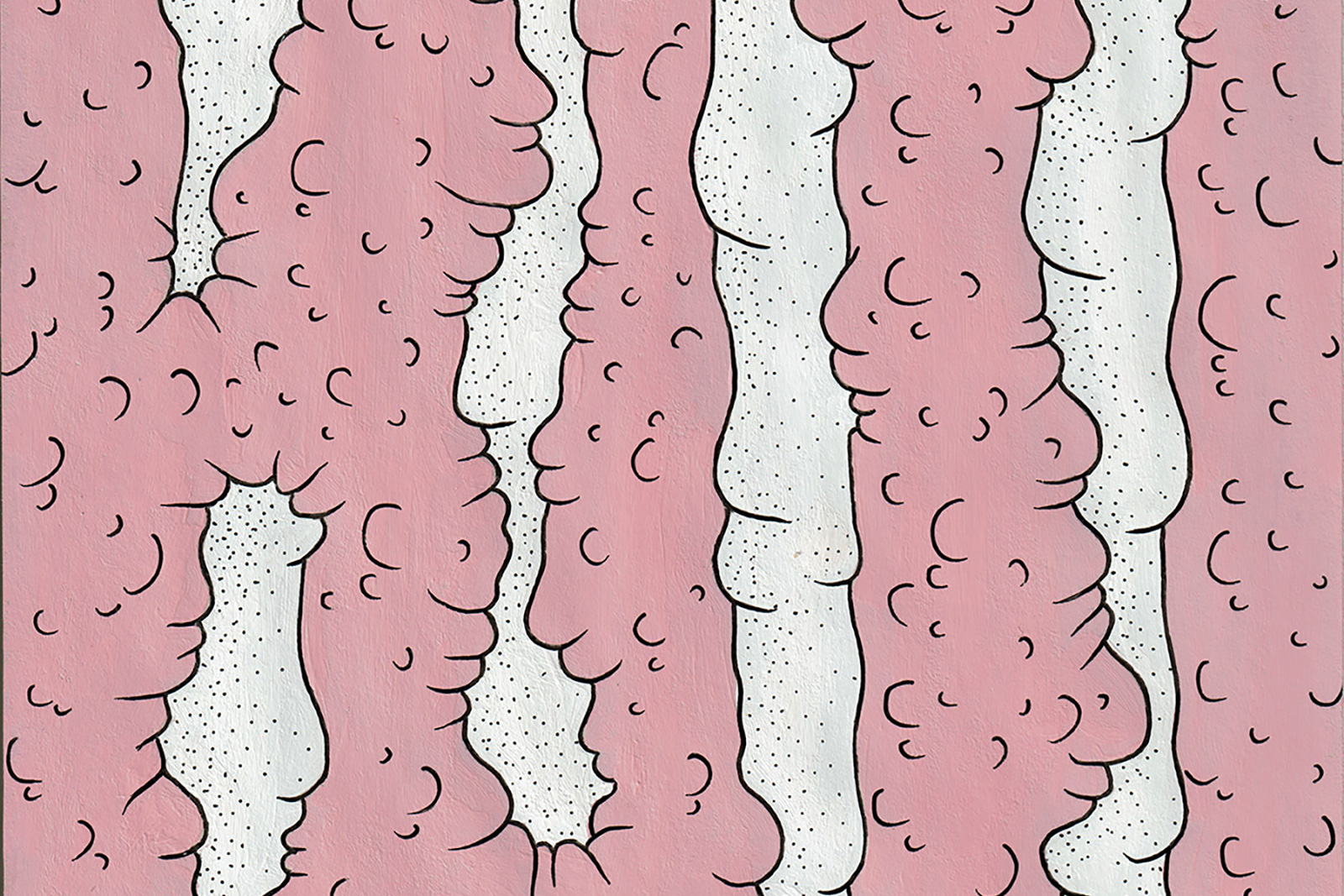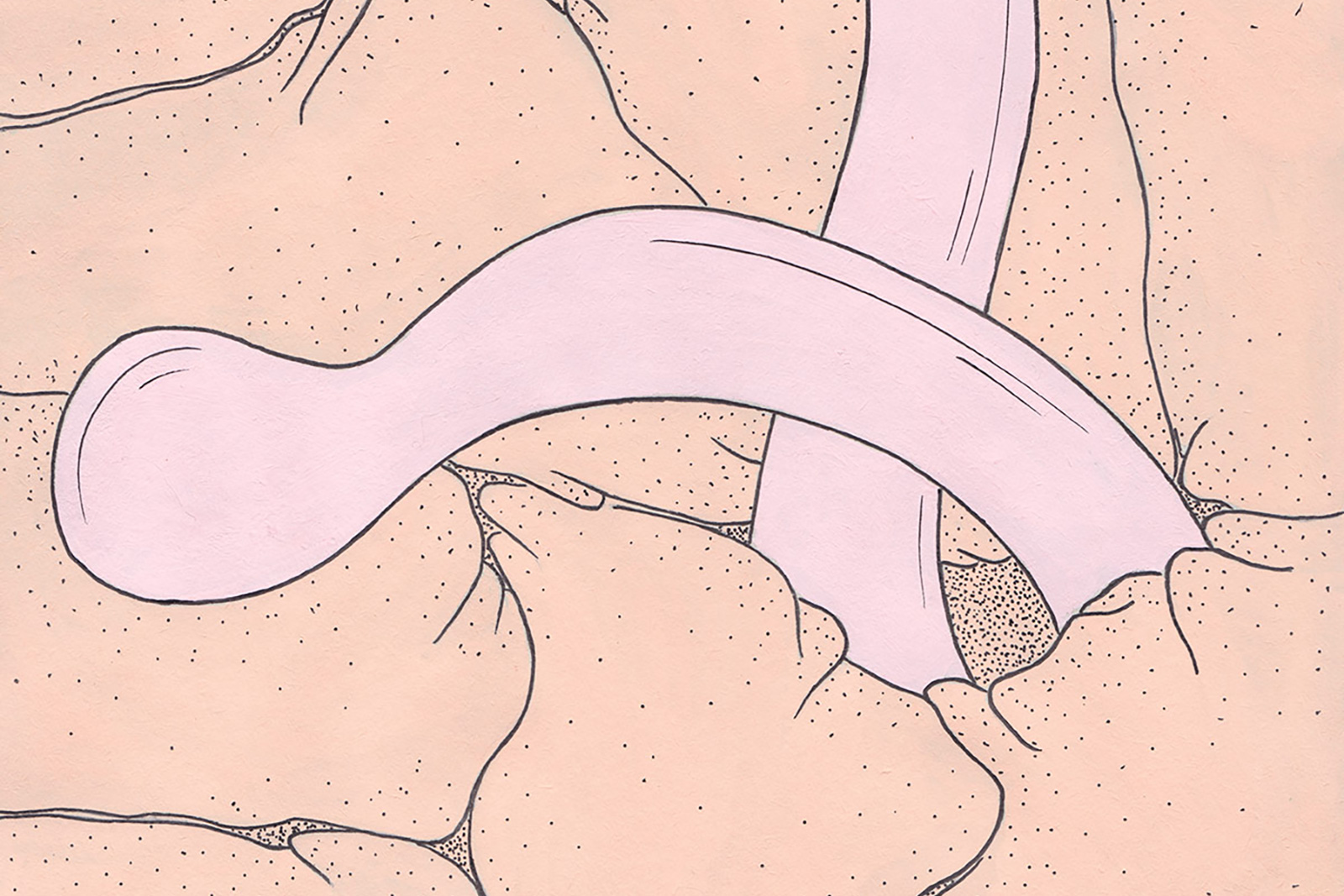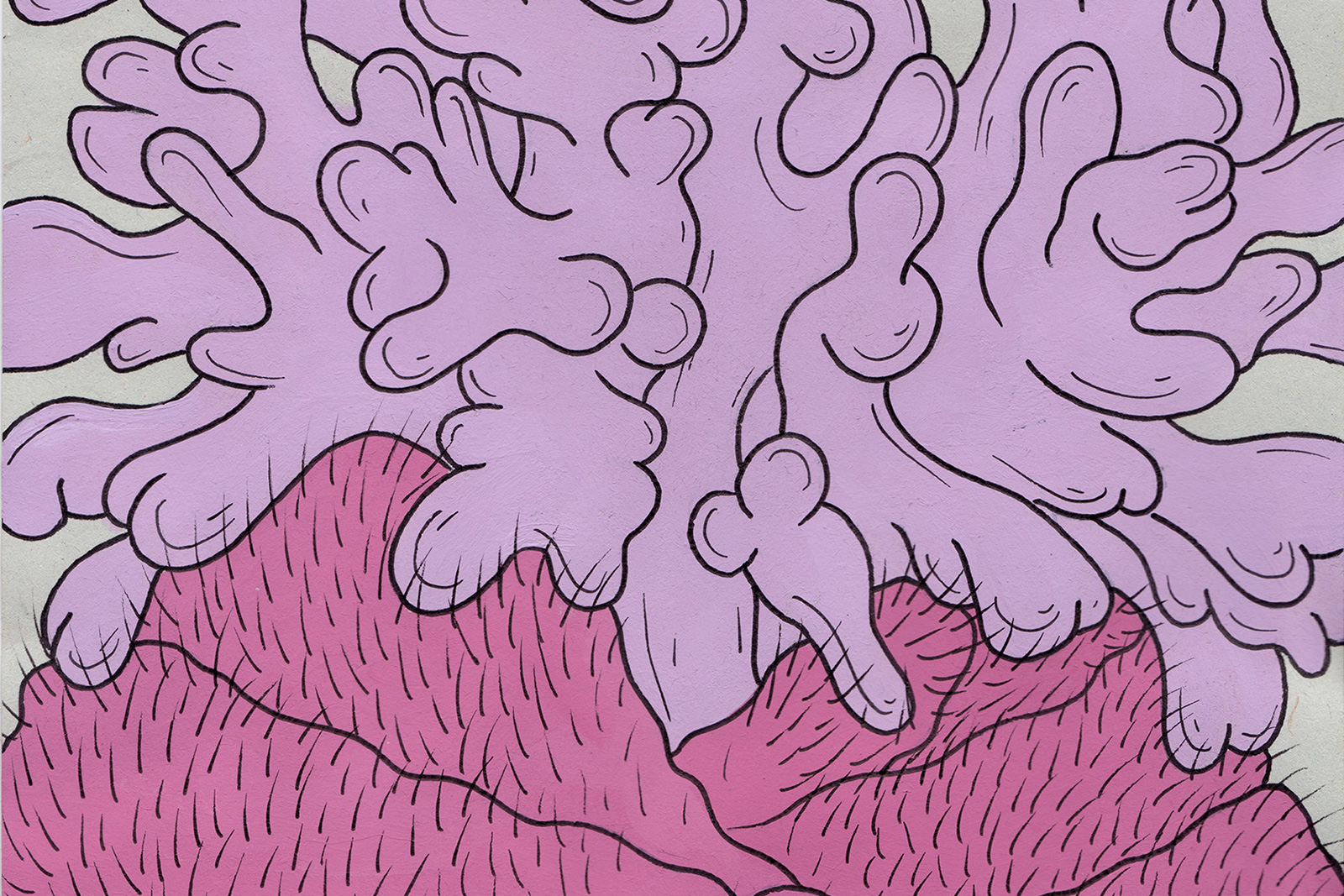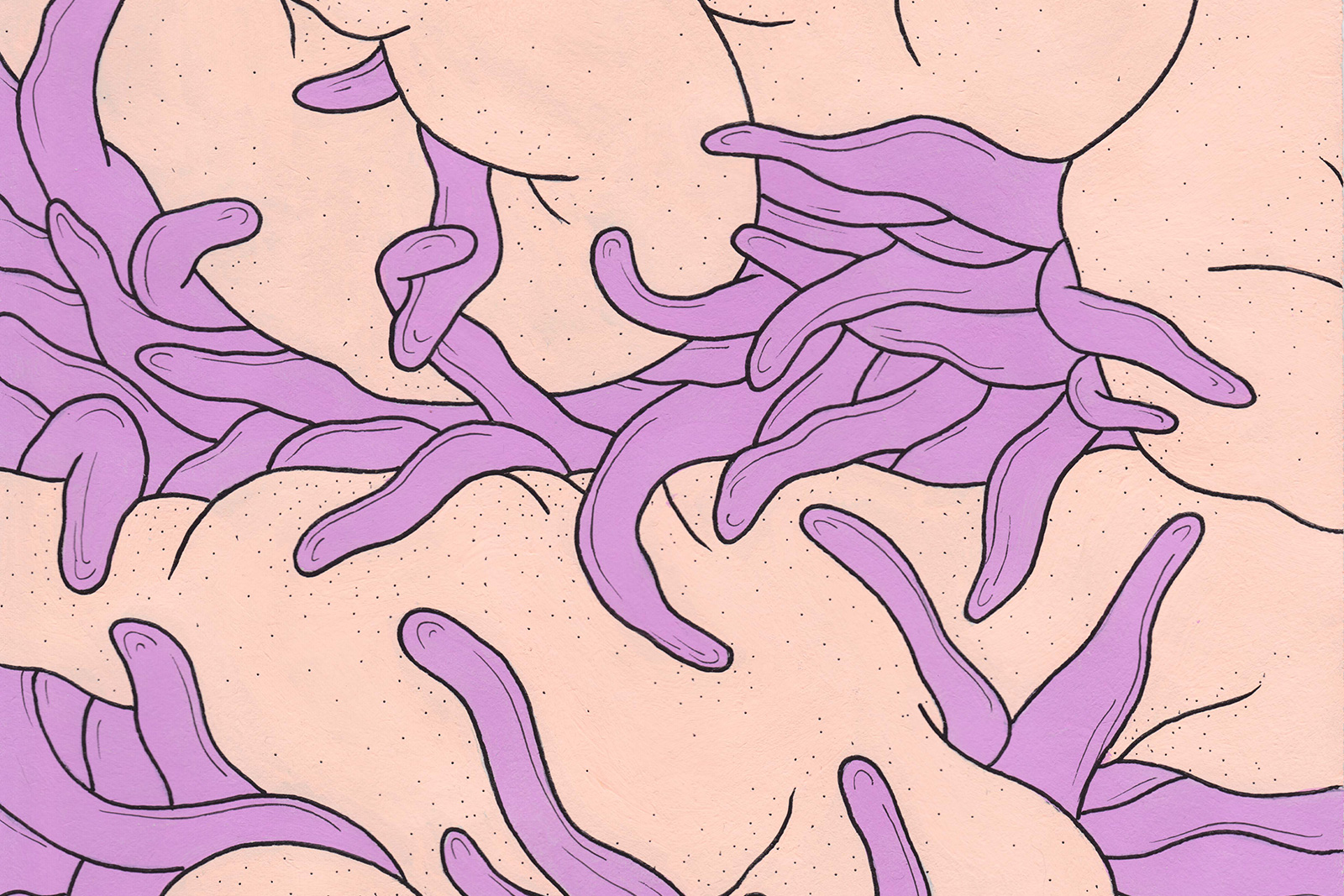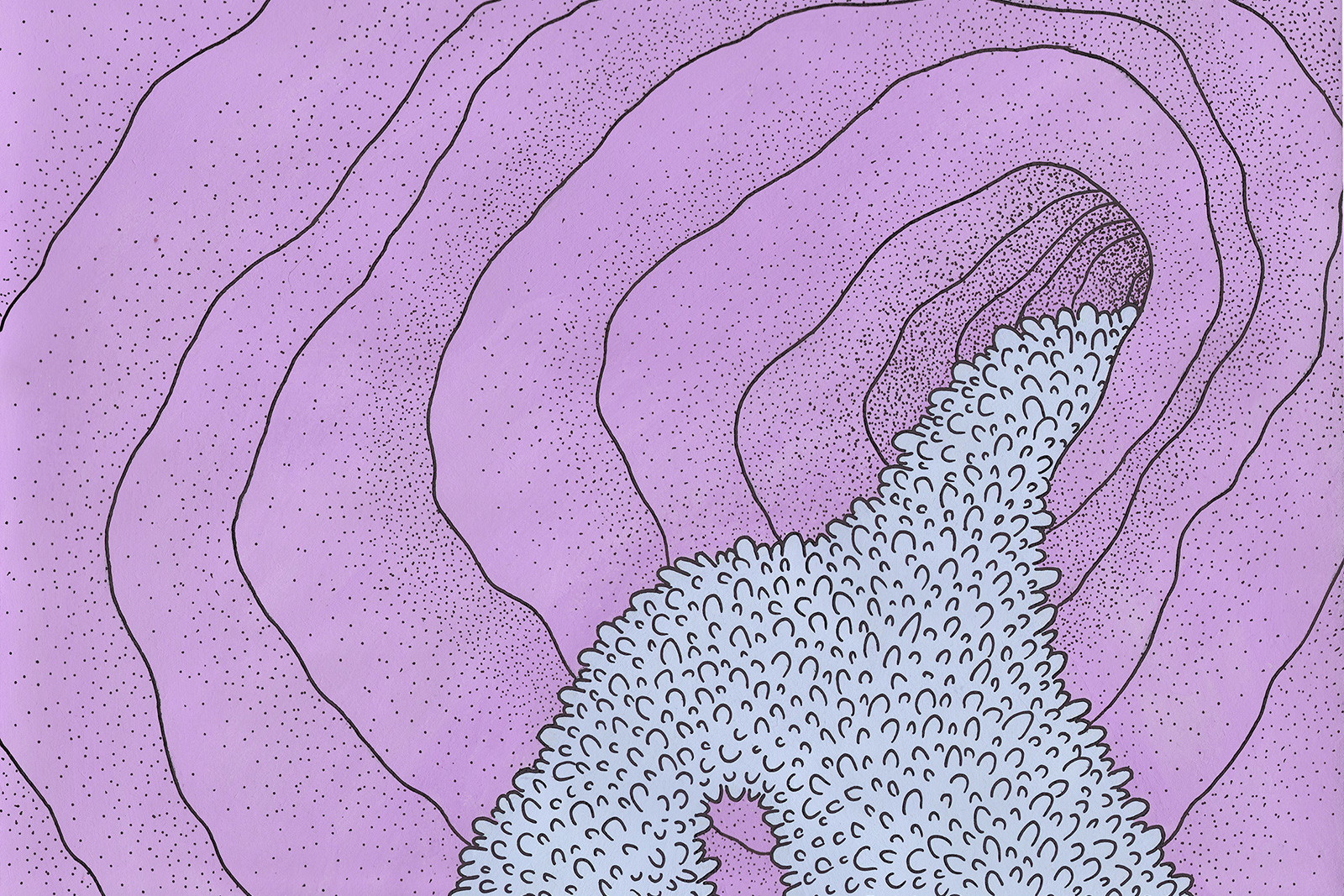DISCOURSE
Wild Papers
Unpredictable as the Future
Online publishing series
edited by Ingo Niermann
Wild Papers is a new online publishing series edited by speculative writer and lecturer Ingo Niermann and commissioned by the Institute Art Gender Nature HGK Basel FHNW. Wild Papers constitutes a collection of concise scenarios that affect the future of art, technology, gender, and nature.
Why “wild”? The modern Western world has banned, projected, idolized and appropriated the wild as the other. It has confused the wild with the provocative and the rude. Speculative bubbles, filter bubbles, OCD, addictions…when the Western world “runs wild,” it’s not because natural impulses grow rampant but because domestication enforces compulsive repetition. The Wild Papers series doesn’t aim to predict the future—it draws on the future’s inherent unpredictability to escape more of the same.
Wild Papers are published on a monthly basis. Pdfs can be downloaded in English on wildpapers.ch. Korean translations will follow suit.
No. 1 Karin Pittman – Conversations with Slime
Slime is the great mediator. Respect the slime even if you cannot understand it.
→ PDF
No. 2 Onome Ekeh – Future Fashion Week
Future Fashion Week is a noetic device designed to attune your attention to a greater purpose than merely enhancing your sartorial experience.
→ PDF
No. 3 Amanda E. Metzger – Identity Sandboxing
The research project SCION is taken as the scaffold for thought experiments on how to help artists by providing more privacy and security.
→ PDF
No. 4 Ronnie Vuine – Do Not Align
The humanity that could potentially restrain superintelligences does not exist.
→ PDF
No. 5 Ran Zhang – My Slippery Minds
Ran Zhang’s narrator lives in the year 2123 and is the descendent of an ancient East Asian grey-zoner. She sits in an armchair, letting her mind drift between awake criticism, cognitive self-doubt, pseudo-rationality and illusive absurdity.
→ PDF
No. 6 Sonia Fernández Pan – The Ultimate Dancers
After a major crisis, the energy produced by dancing bodies inside clubs is stored and used as a local resource. The characters in this story are aware of the ambiguity of their work, but they are mostly driven by the pleasure and community-making when dancing.
→ PDF
No. 7 Jumana Emil Abboud – Where did the mountain go?
A multi-authoured folk tale in the future adapted from the Palestinian folk tale Gazelle. Jumana Emil Abboud channels her childhood memory, as well as the expansive community of women storytellers and a chatbot AI in the remaking of the original tale.
→ PDF
No. 8 Kettly Mars – The Tyranny of the Future
What if the future was just a prison where we voluntarily locked ourselves up, praying to escape all forms of untimely deaths, while the powerful world leaders deprived us of today and its wonders? What if we ended the tyranny of the future?
→ PDF
No. 9 Filipa Ramos – Possible Love
This essay looks at what a film does to imagine what a film could do. Departing from the 1980s medieval fantasy film Ladyhawke, it looks at what kind of relationships and affects can emerge between a woman and a wolf, a man and a hawk, to wonder how love beyond the species divide may help to renew the way in which people connect to, care for and fit in the natural world.
→ PDF
No. 10 Ingo Niermann – Entering the Monadic Age
In Entering the Monadic Age Ingo Niermann argues that, stirred by rapid developments in automation and AI, manifold crises are about to culminate in a new paradigm of self-sufficiency—monadism—that overturns the liberal era and forces a reinvention of all social parameters.
→ PDF
No. 11 Ann Cotten – Letter from the Iron Matriarchy
A disillusioned guerrilla tries to describe the situation on Earth to an old friend who is considering remigration from Mars. Unsurprisingly, structural problems of a real existing queer feminism are a key topic.
→ PDF
No. 12 Alexander Tarakhovsky – Love of Slow Pedaling
While all of us are destined to die, our cells may live indefinitely if placed in the correct environment. There is data suggesting that the neurons of short-lived animals can become long-lived if placed inside the brains of long-lived animals. For example, the Greenland shark, which can live for approximately 500 years, may offer a solution for the future elite who seek to preserve their neurons within the shark’s brain to safeguard their memories from fading and potentially enable self-recreation several times over.
→ PDF
No. 13 Momus – The Car Cassandra
A voice from the future—Cassandra—reproaches us as Carmageddon approaches. We learn about the anti-car activism of the Taurinos in Barcelona, the Firebugs in Berlin. But Cassandra cannot change the past. Keep moving, please!
→ PDF
No. 14 HMOT – Irekle Qoştar
In a decaying post-digital world on the brink of ecological collapse somewhere in Northern Asia, a disillusioned sound designer embarks on a mysterious assignment to maintain speaker stations playing artificial bird sounds.
→ PDF
No. 15 Mara Coson – The Wondrous Mountain
Do straight lines exist in nature? On the cold, hard line where human logic, posture, and ambition might reach perfection, do we shrivel?
→ PDF
No. 16 Elfriede Jelinek – Chip ‘n’ Dale
Chip ‘n’ Dale, the two California chipmunks from those 1950s Micky Maus (Mickey Mouse) magazines, they loved each other so much. No need to lay claim to or even know the other’s sex; its availability to both is such a matter of course that it makes no difference. Each has one, sure—but they can also take on the other’s whenever they feel like it, nothing changes either way.
→ PDF
No. 17 Clemens Driessen – Bumblebees and the Remaking of Tomato Worlds
Bumblebees have been made to radically reshape indoor tomato production over the past few decades. Successfully packaged to pollinate for year-round production, their incorporation into the contemporary greenhouse has arguably led to an increase in scale of horticulture as well as promoting a move away from chemical pest control.
→ PDF
No. 18 Staci Bu Shea – Deeply Forgetful
The politics of remembering and forgetting is unsettling, to say the least. Together with emphasis on linear rationality, ableist contouring of normal bodyminds, and the throes of care work, we struggle to provide grace and dignity to those living with dementia. In this excerpt from their new book, Solution 305: Dying Livingly (Sternberg Press, 2025), Staci Bu Shea proposes that the “deeply remembering” could co-create and immerse themselves within cultural conceptions of reality buttressed around an ethos of care for our faulty memory and pliant identities.
→ PDF
No. 19 Kim de l’Horizon – Mountamorphosis
For as long as I can remember, the TV or other screens have been on to distract adults from winter, and with astonishing frequency these screens show some human or other thundering down some snowy slope. If one of these humans somehow manages to be a micro-fraction faster than the others—this micro-mini-fraction isn’t even perceptible to us; somehow, they’re always equally fast, but no bugger will admit that—then all or many of the people around me cheer. Part of this is a not-entirely-whispered national pride. “We” = ski people. And this “we” idolizes anyone who lets us feel the pride. “We” = for example, Marco Odermatt, our star Alpine ski racer. But why is that? Let’s talk about our national sport.
→ PDF
No. 20 Jovana Maksić and Jenna Sutela – Morris Water Temple
Our knowledge about the human brain is built on the sacrifices of countless laboratory rodents. Morris Water Temple is firstly dedicated to these animals. The story follows Pinky (3XTG-AD-M-BR-009), a transgenic mouse with Alzheimer’s, and Brain, a machine intelligence running an automated neuroscience laboratory. What Is It Like to Be a Lab Mouse? This is a meditation on sentience, memory and embodiment.
→ PDF
For a year now, the Wild Papers, an online publication series by the Institut Art Gender Nature HGK Basel FHNW, has been appearing not only in English and occasionally in German, but also in Korean translation. The latest issue, No. 21, The Hand of a Primate Escaping a Building Where the Elevator Has Stopped by author, performance artist, and lawyer Kim Wonyoung, is the first written in Korean. To mark the occasion, a talk will take place at YPC SPACE in Seoul between Kim Wonyoung, Ingo Niermann, speculative author and editor of the Wild Papers, Chus Martínez, head of the Institut Art Gender Nature HGK Basel FHNW, and Jiwon Yu, co-director of YPC SPACE. The discussion will focus on the Wild Papers as a collection of scenarios concerning the future of art, technology, gender, nature and all the interrelations among these fields.
Thursday 8 May 2025, 7 pm
Kim Wonyoung, Ingo Niermann, Chus Martinez, Jiwon Yu
YPC SPACE
4th floor, 258 Toegye-ro, Jung-gu, Seoul
yellowpenclub.com
YPC will loosely translate the conversation (ENG/KOR).
Registration (mandatory) → contact
No. 21 Kim Wonyoung – The Hand of a Primate Escaping a Building Where the Elevator Has Stopped
The elevator connecting the city’s ground level with the subway station is a crossroads of two worlds that otherwise could never meet. Inside the confined elevator space, elderly people, individuals with disabilities, children in strollers, and foreign tourists with suitcases come together. They look at each other with curiosity, compete, and converse. However, the elevator can always stop in an “emergency.” This potential for an emergency (exceptional state) proves that these two worlds are inevitably “para-.” Yet, it may only be when we acknowledge this potential as part of reality that the cracks between these “para-” worlds begin to form.
→ PDF (ENG)
→ PDF (KOR)
No. 22 aliwen – The Sapphic Latex of Itō Tari
ITŌ Tari (1951 – 2021) was a Japanese performance artist, known for contributing to different feminist projects with the intention of connecting and documenting the works and lives of women artists throughout Southeast and East Asia. Being one of the first openly lesbian artists in Japan, her own identity was often an integral part of her performances, which tended to utilize everyday objects and materials in unconventional ways that altered the artist’s own body. The following essay can be understood as a material micro history, following Itō’s formation as a physical artist, her unraveling of the concept of “epidermis” through her performances in the late 80s and early 90s, and her usage of Regitex S-500 latex rubber as a conduit for bodily transformation.
→ PDF (ENG)
Nr. 23 Adania Shibli – A Lesson in the Nature of Resistance
A vegetative state is immediately understood as a state of inaction despite being alive and awake. What if a plant can actually stir an action in us while being politically in a vegetative state, feeling defeated in spirit?
→ PDF (ENG)
Upcoming contributions to Wild Papers by Greg Dvorak, Eva Hayward, Ana Gallardo, Mayte Gómez Molina, Ingeborg Harms, Adam Haar Horowitz, Ega Hiroshi, Alex Jordan, Andrew Maerkle, Yarema Malashchuk & Roman Khimei, Anina Müller, Chus Martínez, David Pearce, Claire Pentecost, Tai Shani, Mariana Tilly, and Jiwon Yu.



